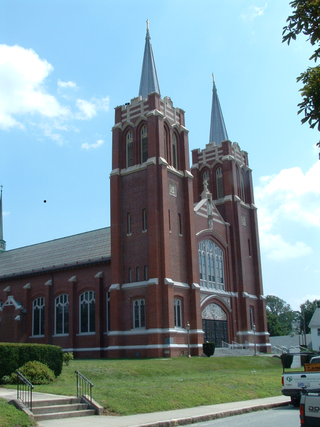
John W. Donohue, AIA (1869–1941) was an American architect who was active in Western Massachusetts during the first half of the 20th century.

Elbridge Boyden (1810–1898) was a prominent 19th-century American architect from Worcester, Massachusetts, who designed numerous civil and public buildings throughout New England and other parts of the United States. Perhaps his best known works are the Taunton State Hospital (1851) and Mechanics Hall (1855) in Worcester.
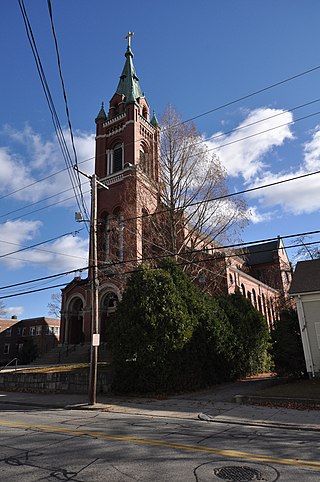
Walter F. Fontaine was an American architect of French Heritage from Woonsocket, Rhode Island.

William R. Walker & Son was an American architectural firm in Providence, Rhode Island, active during the years 1881 to 1936. It included partners William Russell Walker (1830–1905), William Howard Walker (1856–1922) and later William Russell Walker II (1884–1936).
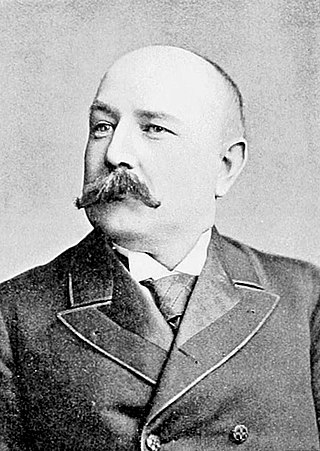
George Fullington Loring (1851–1918) was an architect from Boston, Massachusetts.
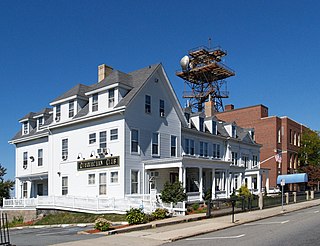
Nathaniel Cannon Smith (1866–1943), professionally known as Nat. C. Smith, was an American painter and architect of New Bedford, Massachusetts.

Harding and Seaver was an architectural firm based in Pittsfield, Massachusetts, active from 1902 to 1947. It was the partnership of architects George C. Harding (1867–1921) and Henry M. Seaver (1873–1947).

Robert Charles Nicholson Monahan was a Canadian-American architect from Pawtucket, Rhode Island.

Charles Edward Parker (1826-1890) was an American architect from Boston, Massachusetts.

Frost, Briggs & Chamberlain, later Frost & Chamberlain and Frost, Chamberlain & Edwards, was an early 20th century architectural firm out of Worcester, Massachusetts.

Holman K. Wheeler was a prolific Massachusetts architect. Wheeler is responsible for designing more than 400 structures in the city of Lynn alone, including the iconic High Rock Tower which is featured prominently on the Lynn city seal. While practicing in Lynn and Boston over a career spanning at least 35 years Wheeler designed structures throughout the Essex County area, including Haverhill, Marblehead, Newburyport, Salem, Swampscott, and Lynn. Wheeler is responsible for a total of five Lynn structures listed on the National Register of Historic Places, more than any other person or firm.
Frank W. Angell (1851–1943) was an American architect practicing in Providence, Rhode Island.

Wesley Lyng Minor (1851–1935) was an American architect in Massachusetts.
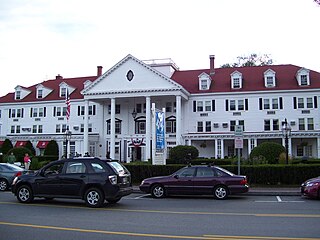
S. Wesley Haynes (1892–1983) was an American architect from Massachusetts.
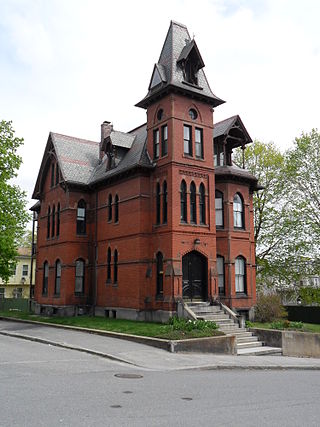
Amos Porter Cutting (1839–1896) was an American architect from Worcester, Massachusetts.
Augustus W. Holton (1850-1911) was an American architect from Westfield, Massachusetts.

Cutting, Carleton & Cutting was an American architectural firm, with offices in Worcester, Massachusetts, active from 1895 to 1932.

John Ashton (1861-1953) was an English-born American architect from Lawrence, Massachusetts.

J. Williams Beal, Sons, successor to the office of J. Williams Beal, was a successful architectural firm based in Boston, Massachusetts. Established in 1920 by the sons of the late architect Beal, it remained in business into the 1980s.

Charles T. Rathbun was an American architect who practiced in Pittsfield, Massachusetts during the second half of the nineteenth century.






















